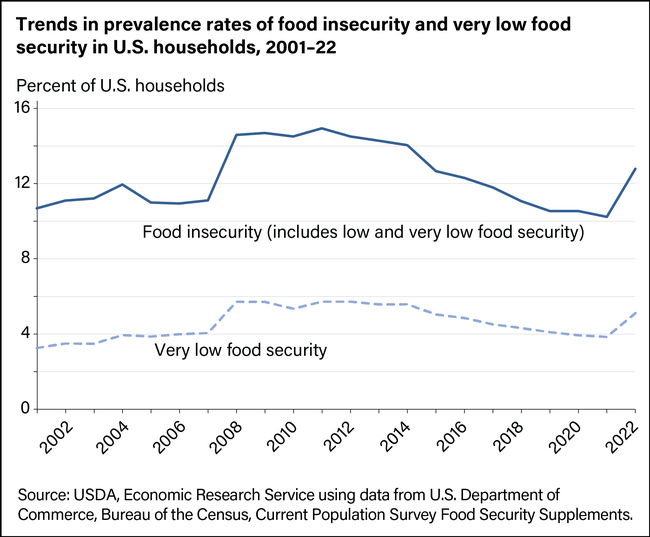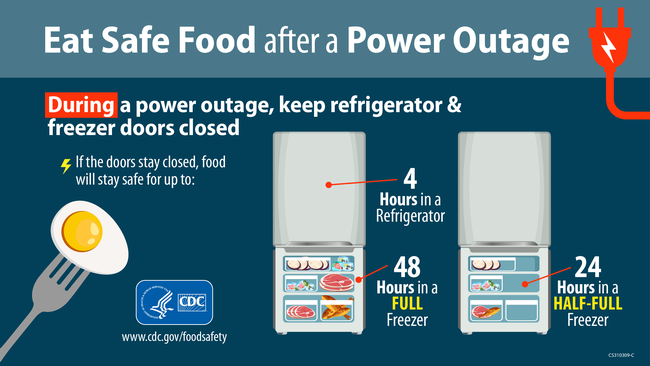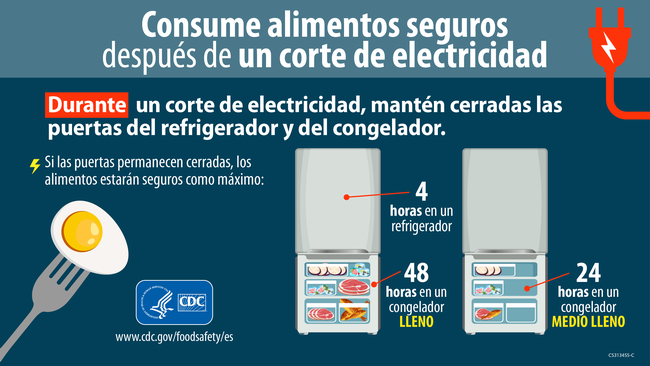- Author: Shannon Ad Klisch
In the last 12 months, have you ever:
- worried that your food would run out before you got money to buy more?
- been unable to afford balanced meals?
- cut the size of your meals or skipped meals because there wasn't enough money for food?
- lost weight because there wasn't enough money for food?
- relied on only a few kinds of low-cost foods to feed your children because there wasn't enough money for food?
- been unable to feed your children a balanced meal because you couldn't afford it?
If you answered yes to more than three of these, then you are likely among the 17 million American households (12.8% of us) who have experienced food insecurity. This is only a sample of the ten to 18 questions that the USDA uses to track and monitor household food security every year and to rate the level of food security based on participant households' responses from food secure to very low food security depending on the number of affirmative answers provided.
During the pandemic and in the years leading up to it, the rate of overall food insecurity stayed relatively stable. This seems surprising, that as millions of Americans lost their jobs and suffered from negative health consequences, food security remained flat. Only recently have we started to see the upward trend in food insecurity return.
In their 2023 report, the USDA Economic Research Service notes that food insecurity increased in 2022 across all subpopulations and was significantly higher than the 10.2% prevalence of food insecurity recorded in 2021.
Why didn't food insecurity increase during the COVID-19 pandemic? Why is it increasing now?
Perhaps, policy actions to support low-income households helped:
- In a Robert Wood Johnson Foundation Report (Aug 2022), researchers estimate that SNAP emergency allotments (a temporary increase in benefits in response to the COVID-19 pandemic among participating states which ended in the February 2023 issuance) “kept 4.2 million people out of poverty in the fourth quarter of 2021, reducing poverty by 9.6 percent in states with emergency allotments, relative to a scenario in which emergency allotments were eliminated. Child poverty was reduced by 14.0 percent in states with emergency allotments and was reduced most among Black, non Hispanic children, falling by 18.4 percent.”
- In another study (June 2022) researchers found that a 15% increase in SNAP benefits, enacted in January 2021, reduced instances of food insufficiency during the pandemic and also reduced food pantry visits (Bryant and Follett, 2022)
- In one nationally representative study (Dec 2023) of SNAP-participating households, discontinuation of SNAP emergency allotment benefits was significantly associated with increased food insufficiency.
- In a cross-sectional study (June 2023) of US respondents to the Census Bureau Household Pulse Survey, analyses showed that ending emergency allotments was associated with significantly higher overall food insufficiency and child food insufficiency.
SNAP Emergency Allotments were implemented in response to the pandemic. Following their expiration, the average SNAP participant was expected to receive about $90 less in benefits per month (Rosenbaum et al. 2023).
Perhaps this is telling us that, where there is a will to end food insecurity and hunger, there is a way.
See a local story about hunger in the Tribune Dec 7, 2023: https://www.sanluisobispo.com/news/local/article282183253.html
- Author: Shannon A Klisch
It has been several weeks since we experienced flooding and power outages in San Luis Obispo and Santa Barbara counties but that doesn't mean that everything is back to normal. Many people experienced power outages and damage from flooding. When the power goes out for more than four hours or disaster strikes, it becomes necessary to throw out damaged food.
The US Department of Agriculture (USDA) and California Department of Social Services (CDSS) which oversees SNAP/CalFresh/EBT benefits at the national and state levels have announced a few programs to help people who receive food assistance in select counties and zip codes:
1) USDA Allows Hot Food Purchases with SNAP/CalFresh/EBT (food stamps) now through Feb 20, 2023 in select counties.
In normal circumstances CalFresh can only be used to purchase cold foods or foods intended for off-site consumption. There are exceptions to this, including the Restaurant Meals Program intended for people who are 60+, have a disability, or are experiencing homelessness. However, now through Feb 20th all CalFresh cardholders can purchase hot foods or foods intended for ON-site consumption at authorized retailers in San Luis Obispo and Santa Barbara Counties.
Read the full USDA Notice to Retailers
Find Authorized SNAP/CalFresh Retailers
Farmers markets that accept SNAP may be authorized retailers.
Please be patient as it may take time for each market to get ready for this large and temporary change to their operations.
Resources for market managers:
- Signage to let market customers know about the change (click to make a copy)
- For questions about SNAP Farmers' Markets, email SM.FN.ROB-WC1RETReply@usda.gov. or call SNAP Retailer Service Center at 1-877-823-4369
2) Automated Mass Replacement for CalFresh households in areas impacted by the recent flooding, mud slides, and power outages
The USDA Food and Nutrition Services has approved the replacement of 60% of SNAP/ CalFresh January benefits for all households in zip codes impacted by power outages. In San Luis Obispo County, this includes the following zip codes:93428, 93442, 93424, 93452, 93402. In Santa Barbara County, this includes 93429.
From the San Luis Obispo County DSS office:
- CalFresh households in the above listed zip codes will receive additional benefits on February 7th, 2023.
- This additional amount will be 60% of their January 2023 CalFresh benefit allotment, including emergency allotments.
- Households who received individual CalFresh replacement benefits by completing a request will not be issued additional benefits under the mass replacement issuance.
- Affected households will not be notified.
Why?
Over 50% of households in the above zip codes lost power for more than four hours due to storm power outages. USDA states that most refrigerators will keep food safe for up to 4 hours during a power outage. It is recommended that, during an outage people keep the refrigerator door closed as much as possible and toss out any perishable foods such as meat, fish, eggs, and leftovers after 4 hours with no power.
More information on food safety during a power outage is available at foodsafety.gov or the Centers for Disease Control and Prevention has tips in multiple languages on how to keep food safe before, during, and after an emergency.
NEVER taste food to determine if it is safe after a power outage. Bacteria and other organisms multiply faster at temperatures above 40 degrees F. These organisms can cause illness without affecting how the food looks, smells, or tastes.
I know it is hard to do, however, when in doubt throw it out! For those with limited incomes with CalFresh, you can now replace that food.






